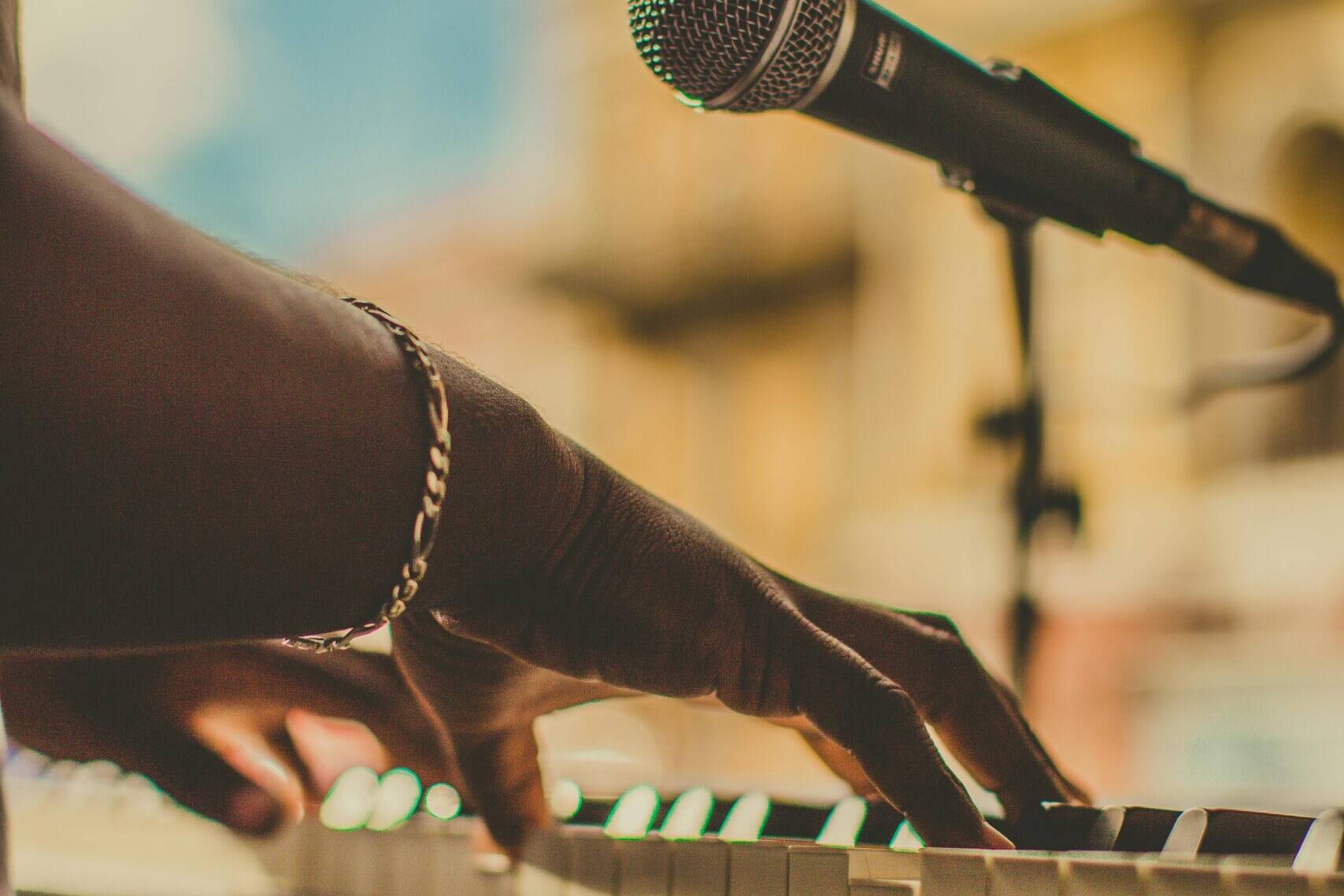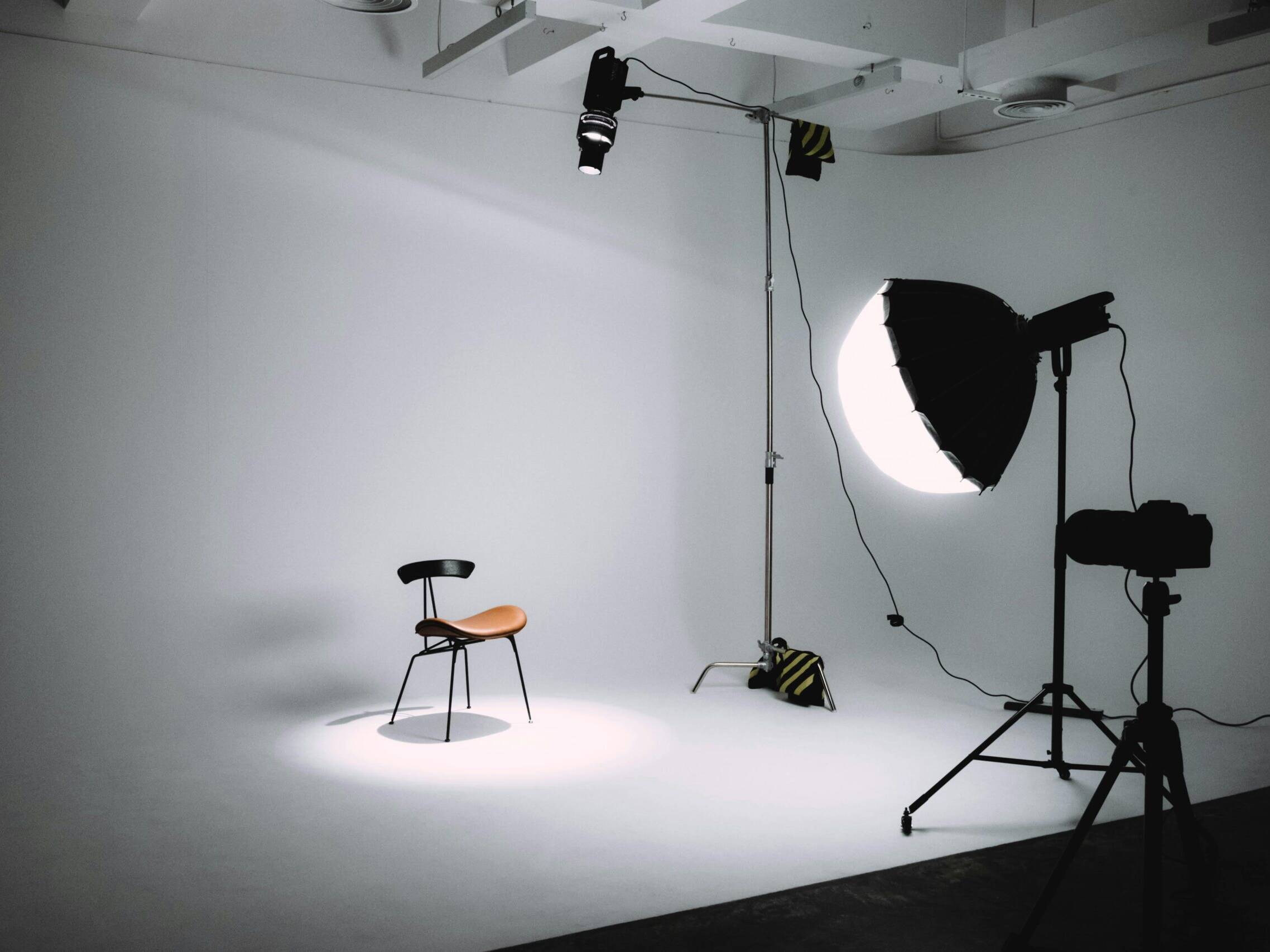Here's Your Checklist
How to Record Music at Home: Professional Quality on a Budget
- Gather basic gear: computer, DAW, mic, interface.
- Choose a quiet space and reduce echo.
- Try DIY soundproofing and create a vocal booth.
- Position mic properly and use a pop filter.
- Test levels and record in short sessions.
- Use budget-friendly tools and free resources.
- Balance, pan, and apply EQ during mixing.
- Focus on one skill at a time.
- Join communities for feedback and support.
- Practice consistently to improve.
Learning how to record music at home has never been easier. With the right tools, techniques, and a little creativity, you can achieve professional-quality results on a budget. This guide will walk you through the essential steps for creating impressive recordings at home.
Setting Up Your Home Studio
Creating a functional home studio is the first step toward successful DIY music production. Here’s how to get started:
Choose the right space for sound quality
- Select a quiet, isolated area with minimal background noise.
- Reduce echo and improve sound quality by using household items like rugs, thick curtains, and bookshelves to absorb sound.
Essential equipment for beginner music recording
- Computer or Laptop: Ensure your device has sufficient processing power to handle recording software.
- Digital Audio Workstation (DAW): Start with beginner-friendly and free options like Audacity or GarageBand.
- Microphone: Affordable options include HyperX QuadCast, SoloCast, Blue Yeti, AT2020, Razer Mini, Fifine AM8, Shure SM7B, or Samson Q2U.
- Audio Interface: Devices like the Focusrite Scarlett Solo are perfect for entry-level use.
Learn Basic Recording Techniques
Once your studio is set up, it’s time to focus on capturing clean, high-quality audio.
How to position your microphone for clean audio
- Position your microphone at a slight angle to avoid direct air blasts.
- Use a pop filter or a DIY alternative, such as a stretched nylon stocking over a wire hanger, to minimize plosives (air blasts that cause harsh popping sounds).
Tips for capturing clear and distortion-free recordings
- Record in short, focused sessions to reduce fatigue and maintain quality.
- Always test your levels before recording to avoid clipping or distortion.
Recording Live Performances
For live performances, consider using portable recording devices like the Zoom H5 or Tascam DR-05X. These tools are versatile and ideal for capturing high-quality audio on the go.
Mix and Edit Your Music Tracks
After recording, mixing and editing will bring your tracks to life. Even as a beginner, you can create polished results.
Beginner-friendly mixing techniques for professional results
- Adjust Levels: Balance the volume of each track to ensure clarity.
- Pan Tracks: Create a sense of space by panning instruments and vocals across the stereo field.
- Apply EQ and Effects: Enhance your sound by cutting unwanted frequencies and adding reverb for depth.
Tools and software for music editing on a budget
- Apple Logic Pro: Best for mainstream audio production.
- GarageBand: Perfect for Mac users on a budget.
- Avid Pro Tools: Trusted for professional studio use.
- Ableton Live: Excellent for live performances.
- Audacity: Great for quick edits and podcasts.
Additionally, explore free plugins like TAL-Reverb-4 for ambiance or iZotope’s Vinyl for vintage effects.
Budget-Friendly Soundproofing and Hacks
Affordable ways to soundproof your DIY studio
- Use blankets or foam mattress toppers to reduce sound reflections.
- Create a portable vocal booth with a large cardboard box lined with foam or blankets.
Free resources and tools for music production
- Access royalty-free loops and samples on sites like Freesound or Looperman.
- Experiment with free trial versions of premium plugins to discover tools that work best for you.
Tips for DIY Music Production Success
How to improve your recording and mixing skills:
- Focus on mastering one aspect of production at a time, such as recording or mixing.
- Join online communities to share your work and get feedback from fellow DIY musicians.
- Be patient—consistent practice leads to improvement.
Related Posts
January 7, 2025
Releasing Music Independently: A Guide for Artists
When you are alone for days or weeks at a time, you eventually become drawn to…
January 7, 2025
Lighting Hacks for Beginners: Level Up Your Photos and Videos
When you are alone for days or weeks at a time, you eventually become drawn to…



